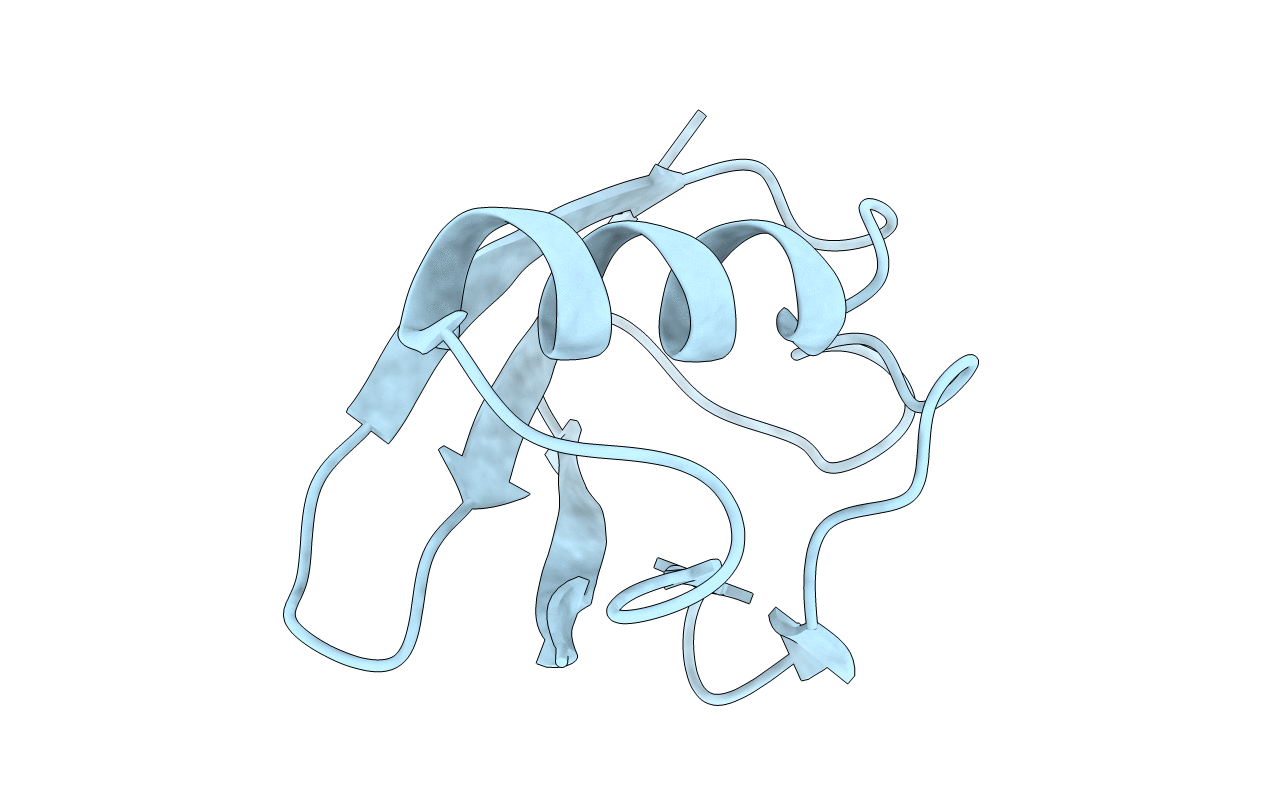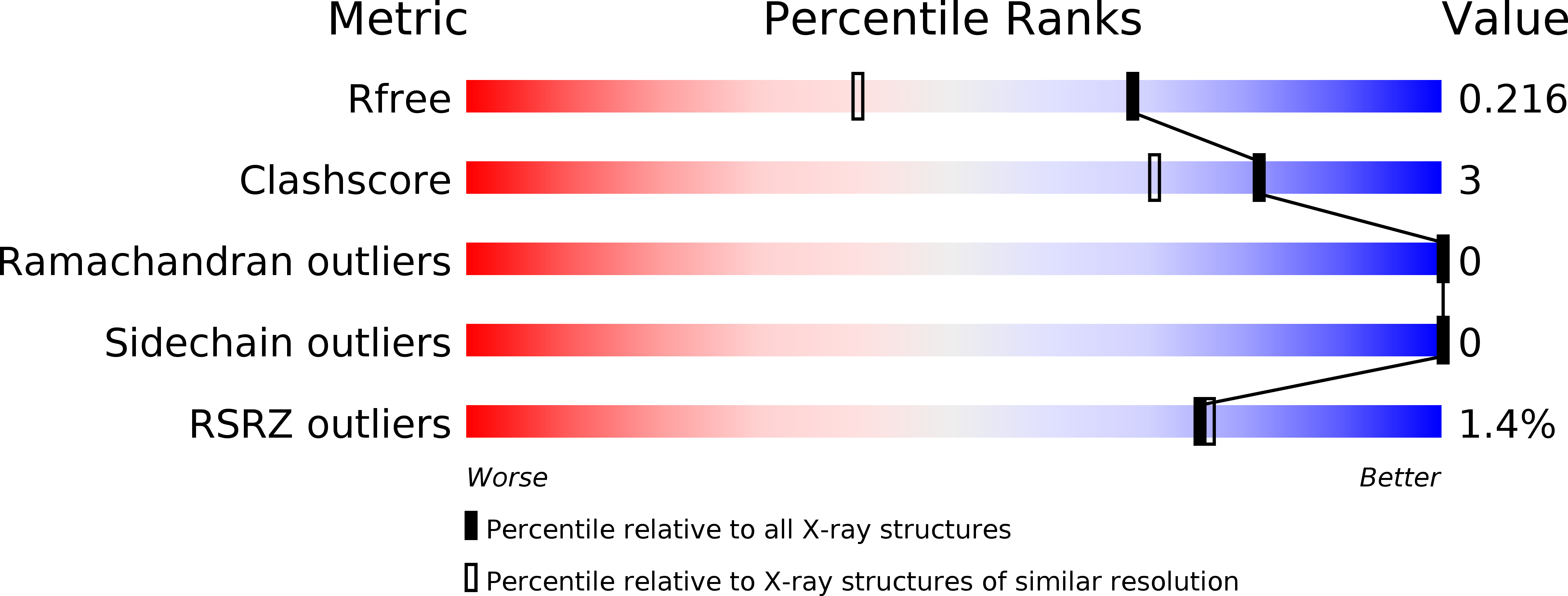
Deposition Date
2013-11-22
Release Date
2014-10-15
Last Version Date
2024-03-20
Method Details:
Experimental Method:
Resolution:
1.63 Å
R-Value Free:
0.21
R-Value Work:
0.19
R-Value Observed:
0.19
Space Group:
H 3


